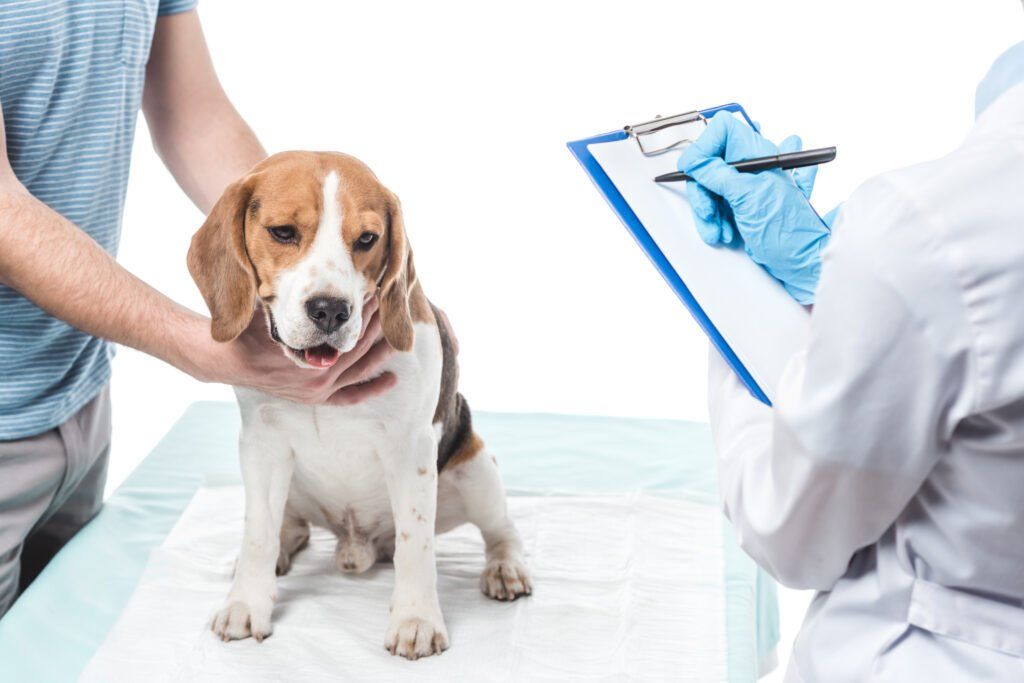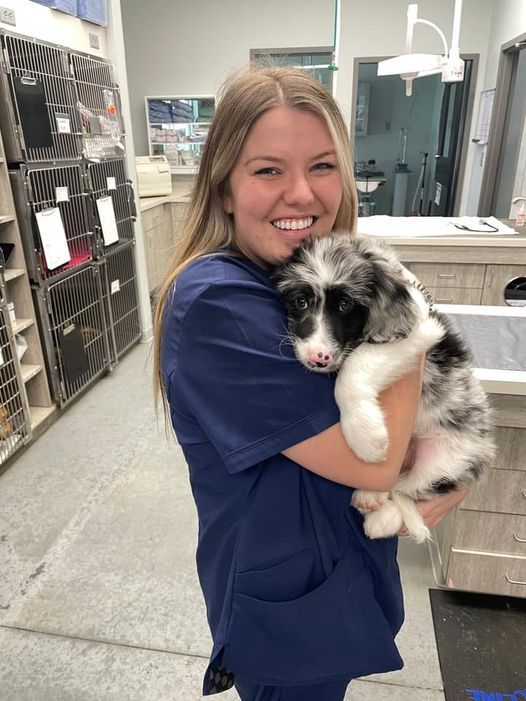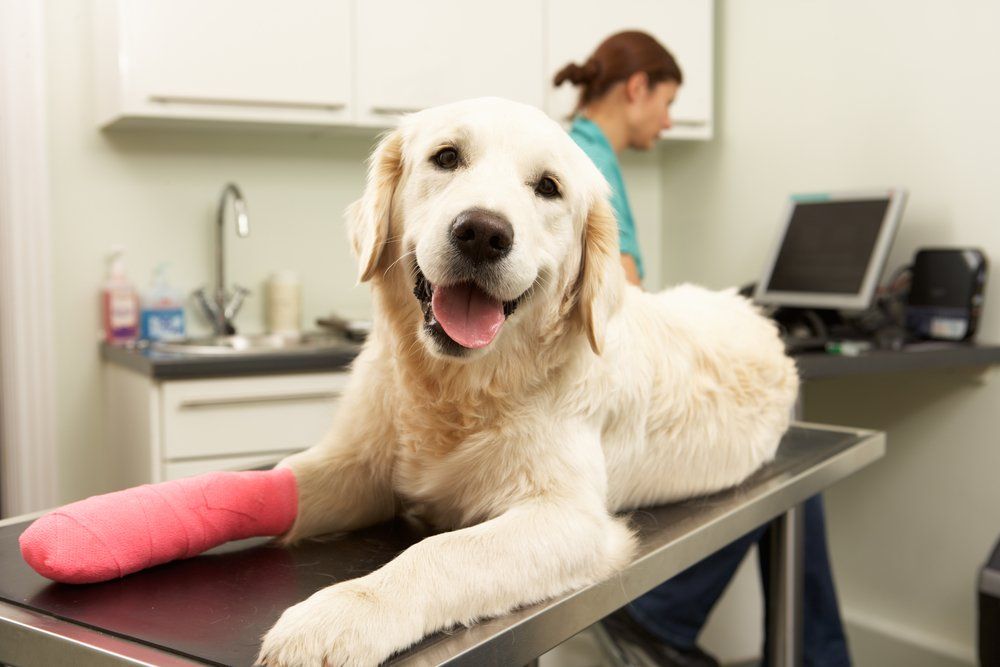Why Should You Microchip Your Pet?
Microchipping your pet can be their ticket home if they are lost. Check out these facts and statistics that drive the point home: microchipping is the best choice you can make to keep your pet safe.
The Sad Facts About Lost Pets
In today’s connected world, we see posts on social media about missing dogs and cats all too often. Sadly, many are never reunited with the humans that love them. Unfortunately — whether it’s due to a broken fence, gate or door left open, or even a natural disaster — one in three pets will go missing at some point in their lifetime.
Only 22% of dogs without microchips taken in by animal shelters are reunited with their families. Even more alarming, only 2% of un-microchipped cats taken to shelters find their families again.
Microchipped Pets Get Home More Often
In contrast, over half of dogs and nearly 40% of cats that go missing with a microchip in place are reunited with their families, a staggering statistic in favor of “chipping.” These numbers could be much higher.
Most of the time, when microchipped pets are not reunited, it is due to outdated or incorrect owner information in the microchip registry. (It is your responsibility to ensure your phone number and address are current in the microchip database. This is usually as simple as logging into a website.)
What is a Microchip?
A microchip is a tiny piece of electronics encased in a glass capsule no bigger than a grain of rice. When a special scanner is passed the chip, the chip transmits an identification number to the scanner.
This number is tied to the owner’s information, which can be found via database search tools available to veterinarians and shelters.
Are Microchips Safe? Do They Hurt?
Implanting a microchip is a simple procedure your vet can perform during a regular office visit. It is not that different from giving an immunization. The chip is tiny, and as with any injection, your pet will feel a “pinch” at first, and otherwise, it’s painless.
Millions of chips have been implanted in animals in the past 20 years. The biggest complication recorded is “migration” of the device — where it has moved from its initial placement site. The latest research shows placement area matters, so newer implants are less likely to migrate. Other complications have been swelling in the area and infection, but these problems are very rare. The benefits of having a chip far outweigh the risk.
What Do I Need to Do to Get My Pet Microchipped?
The microchip placement process is very quick and easy and can be done at a regular office. If you adopted your pet from a rescue or animal shelter, they may already be chipped. The vet will scan your pet first to be sure. If you are unsure if your pet is microchipped, or you would like to have them microchipped, call
Shackleford Road Veterinary Clinic for an appointment today!











